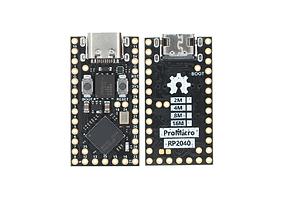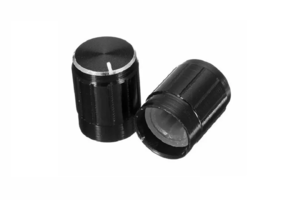Lotus 58 - TRRS Link (Pair)
Sold by Tweety's Wild Thinking
$27.50
No tax for United States [change]
The Lotus 58 Keyboard
The Lotus 58 is a family of ergonomic split keyboards that can be customized and programmed to suit your individual needs.
The Lotus 58 Keyboard is meant to be DIY & beginner friendly, allowing almost anyone to succesfully build it from a kit to a finished keyboard, regardless of your previous level of experience soldering and tinkering, and with access to mostly basic level tools.
Some previous experience soldering is a great help but not in any way neccesary. Most components are selected to be large enough and robust enough to survive being handled by an inexperienced builder, and still produce a nice, clean keyboard, that functions well.
The 58 key layout is meant to be roughly equivalent to a 60% keyboard with a number row, but with no dedicated function keys, and with a gentle stagger, it should suit most hand sizes without having to reach for the keys. Basically, it's meant to be a good middle ground, and to suit most users.
Cases and plates are meant to be largely interchangeable between different variations of Lotus 58, with obvious caveats for what layout you select, requiring the top plate to match (OLED/Encoder/Blank).
Lotus 58 - TRRS Link
The most basic, wired variant using the classic TRRS link, with optional protection for unintended hotplugging.
The classic, more beginner-friendly variant can be built entirely out of easy-to-solder through-hole (TH) type components. These are larger and more robust, making them easy for a novice builder with limited experience in soldering. Even the winged RGB LEDs are selected to be as easy as possible for a beginner to solder without harming them.
This variant features support for an optional ESD protection circuit (a relatively tiny SMD component) that should protect the controller from damage should you accidentally unplug or plug in the TRRS cable while the keyboard is powered.
This does NOT mean that it in any way supports intentional and/or repeated hot-plugging of the TRRS cable! Doing so will ultimately result in damage. The circuit will auto-reset after smaller ESD spikes, but a larger spike or a continued short circuit from the TRRS will result in the circuit needing to be replaced.
The optional smaller/surface mounted components, like the ESD protection for the link, and an external reset switch can be omitted entirely, or added later as upgrades.
Main Features:
- Features 56-58 keys, with a 4x6 main matrix and 4+1 thumb-keys per hand.
- Supports one Rotary encoder and one OLED per hand.
- Designed with a Sandwich-style plate/case as part of the design and 3D printed cases as added options.
- Can be used as a 'normal' split keyboard for typing and work, or with one hand as a dedicated gamepad/Gaming keyboard.
- Fully QMK and VIAL compatible, with every aspect of it being programmable.
- Kaihl Hot-swap sockets for Cherry MX compatible switches.¹
- Hands are connected using a serial link over TRRS with optional support for ESD protection.
- Suitable for wireless builds (using a nice!nano or clone). The TRRS link version have a power switch and a battery connection on the PCB.
Build Features:
- Main components are either Through-Hole or large and easily soldered SMD (RGB & Hotswap Sockets) suitable for beginners.
- Each hand uses a Pro Micro Arduino as the controller (Pro Micro or pin equivalent).
- Reversible PCB design, identical PCB for both sides lower the cost.
- Full build instructions printed on the PCB for an easy build.
Physical dimensions:
Dimensions per hand (LxBxH): 145x115 mm Case height 11-13mm, Height with keycaps/encoder ~35mm
Optional Features:
These options require additional parts
- Optional OLED Screen
- Optional Rotary Encoder
- Optional RGB for Glow or Per-Key
- Optional ESD Protection
Add RGB to your keyboard
Both the USB Link and TRRS Link versions of Lotus 58 support underglow (downward facing RGB) that can be used as a general soft glow, or to indicate layer or similar, as well as per-Key lighting with one RGB placed under each key to illuminate shine through keys, or in general the keyboard body. These are controlled by the QMK RGB Light feature and work seamlessly in both QMK, and Vial-QMK with multiple effects supported.² RGB Matrix effects can be added (but is not included in the supplied standard firmware)
RGB Glow consists of 6 RGB per hand, for 12 total, placed around the edge of the PCB, facing down. In a dark room, this can be used for a soft colored glow, to allow you to see the keyboard and general key placement.
RGB per-Key consists of 29 RGB per hand, for 58 total, one placed under each key. This can be used for advanced effects like a running rainbow strobe or similar.
If built with SK6803 mini-e type RGB LED's, as of version 1.50, Lotus 58 can be built with BOTH Glow and per-Key active at the same time! SK6803 have a lower total light output vs the older SK6812 version, but also a much lower power consumption. Keep in mind though that building the new version PCB with SK6812 mini-e RGB may overload the computers USB port auto-fuse, and require you to reflash the firmware/reset the USB port on the computer (reboot the computer).
Basic Component Kit
This add-on kits contain all the basic components needed to make a complete and working keyboard for your PCB version.
| Part | QTY | Trough Hole | SMD |
|---|---|---|---|
| Hot-Swap Sockets | 58 pcs | Kailh (Cherry MX) | Kailh (Cherry MX) |
| Diodes | 60 pcs | 1N4148 (DO-35) | 1N4148W (SOD-123F) |
| Link Connector | 2 pcs | TRRS Socket | TRRS Socket |
| Reset Switch | 2 pcs | SMD YTS-A002 | SMD YTS-A002 |
What do you need to buy?
You can buy most parts for a full-functioning keyboard in this listing or as additional components in this store. You will however need to add switches, key-caps, and colored/sleeved cables of your choice from other sources, as it would be impossible for me to stock a reasonable selection of what the market can offer.
For a bare minimum functional keyboard you will need:
- This PCB kit (with the component kit (A component kit is needed to finish the keyboard, you can however choose to source the parts yourself.)
- Controller (x2) Pro Micro or a more powerful equivalent Pro Micro RP2040.
- Case Kit (x2) with hardware or a set of 3D printed cases or similar.
- Controller Sockets (x2) Technically optional, but highly recommended!
Required Accessories
- Key Switches, Cherry MX compatible (58 pcs total)
- Key Caps, Cherry MX compatible (Set)
- Cable to link the two hands (TRRS)
- USB cable to your computer (Connector types depend on the controller and computer port)
The Sandwich Case
Lotus 58 is designed as a complete keyboard with a sandwich-style case
The FR4 fiberglass plates used are quite stiff and give a good intermediate feel for keyboards, making it the ideal low-cost material for a case. The 'case plates' are available in black or white, with multiple options based on your choice of layout.
Build Guide
The PCB has most of the needed build instructions printed on the silkscreen, and you can likely build the entire keyboard from these!
If you however need more detailed instructions, please refer to the GitHub link to the Documentation below.
If ever the instructions in the build guide and the instructions on the silkscreen are different, the version on your actual PCB is what is in fact relevant for your version!
Build Level
DIY Kit
This one is fairly obvious. You get a PCB and parts, and you solder all the parts yourself. If you choose the through-hole diodes, this is extremely easy and well suited to a beginner, and even if you have never soldered before, using a decent soldering iron and practicing a fair bit of patience, you should be able to build this.
Partially Built
If you do want to build the keyboard yourself, but are either a novice at soldering, or unsure and want a little help. This comes with the more challenging SMD parts like the ESD protection circuit already soldered and tested. This way you can build the more basic parts yourself, and know that the link will in fact work from the start. For the TRRS version, this means that the ESD circuit is soldered in place, and included in this price.
Fully Built
This option allows you to have a fully built, ready-to-use keyboard, where you simply need to flash/configure the firmware and assemble the case/keys/caps you have chosen to start using it. The option DOES NOT INCLUDE the components needed like the controller, OLED, encoder, and RGB depending on your choice, in the given price. This is ONLY the cost of the build/work/time needed. To have a complete keyboard, you need to also ADD the components needed to the order.
Feature Comparasion
| Feature | Lotus 58 - TRRS | Lotus 58 - USB-C | Lotus 58 - BLE | Lotus 58 - unWired |
|---|---|---|---|---|
| Wired Build | ✅ | ✅ | 🛑 | 🛑 |
| Wireless Build | ⚠️¹ | 🛑 | ✅ | ✅ |
| Battery Switch | ✅ | 🛑 | ✅ | 🛑 |
| OLED | ✅ | ✅ | 🛑 | 🛑 |
| nice!view | 🛑 | 🛑 | ✅ | 🛑 |
| Encoder | ✅ | ✅ | ✅ | 🛑 |
| Full RGB | ✅ | ✅ | ⚠️² | 🛑 |
| Dongle | 🛑 | 🛑 | ⚠️³ | ✅ |
| Cherry MX (3 & 5 pin) | ✅ | ✅ | ✅ | ✅ |
| Choc v1 / Choc v2 | 🛑 | 🛑 | 🛑 | 🛑 |
⚠️¹ The Lotus 58 - TRRS can be built as wireless with a nice!nano controller, and has some amenities for it. It is however in no way optimized for this with the antenna placement etc.
⚠️² For battery life and efficiency it's NOT recommended to use both Per-Key and Glow RGB at the same time on Lotus 58 - BLE, but it is certainly possible.
⚠️³ As all ZMK compatible split keyboard Lotus 58 - BLE can be configured with a nRF device as a dongle, but this is outside the scope of the delivery. (Please read more in ZMK's official documents).
¹ Please note that Lotus 58 supports only Cherry MX type switches (3 & 5 pin), NOT Kaihl Choc, as they require a different PCB and plate design.
² The number of effects supported are dependent on the controller type and MCU selected for your build. An older MCU type with limited memory will not have space for more than a few effects to be active at the time.
Links to code and documentation
Shipping policy
Normal handling time is 3-5 working days (Predominantly done on weekends) Build items usually take 1-2 weeks. All packets are represented to courier services and customs at their true value, and all responsibility for import fees, taxes and tariffs resulting there of lies with the buyer.
All items (as originally delivered) are sold with a 24 month limited warranty, as per (2011/83/EU). Shipping of items returned for repair is solely the responsibility of the buyer. (This includes taxes/customs fee's from incorrect/incomplete documentation.)
The SE "Act on Distance Contracts and Off-Premises Contracts" (SFS 2005:59) & The EU "The Distance Selling Directive" (97/7/EC) allows returns of the items initiated within 14 days of receiving it. Shipping of returned items is solely the responsibility of the buyer.
(Please note that in the case of kits as is mainly sold here, this does no longer apply once you start soldering/building the kit as it is then no longer in it's original condition, and you have at that point explicitly accepted the purchase contract! Please test components and initiate a warranty claim BEFORE you solder them!)
The seller
All items are continually restocked, and if nothing else is noted, should restock in 7-10 working days. All notices regarding stocking is made on Discord.
Custom design requests welcome.
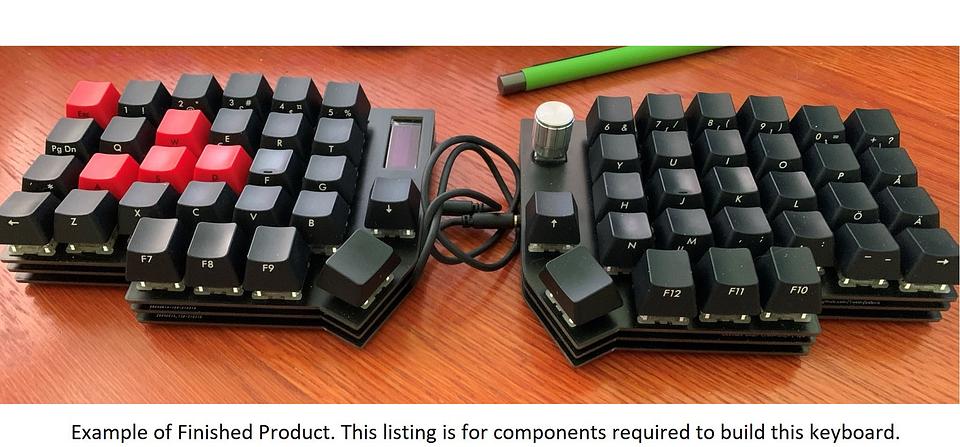
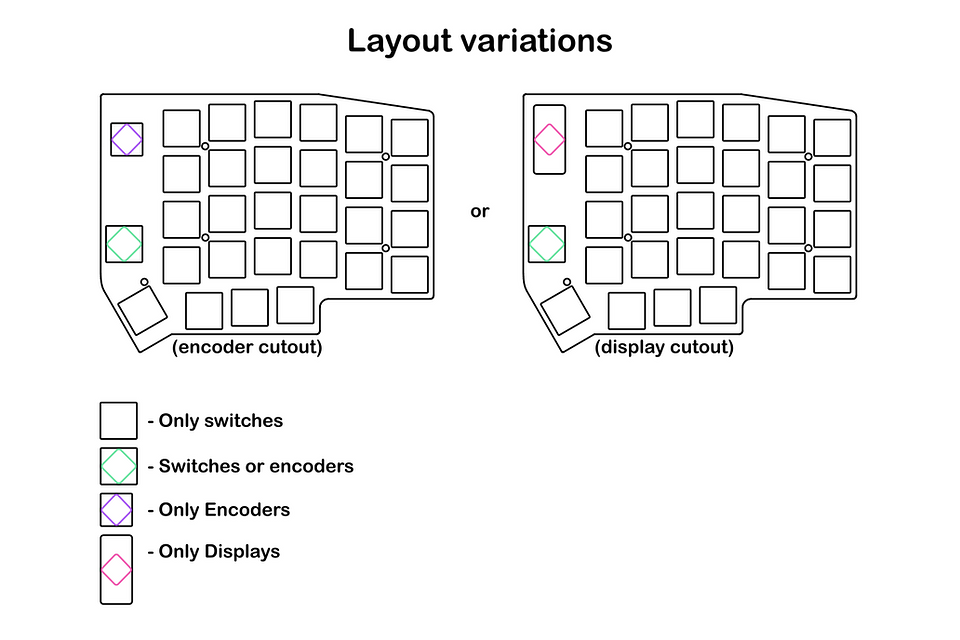
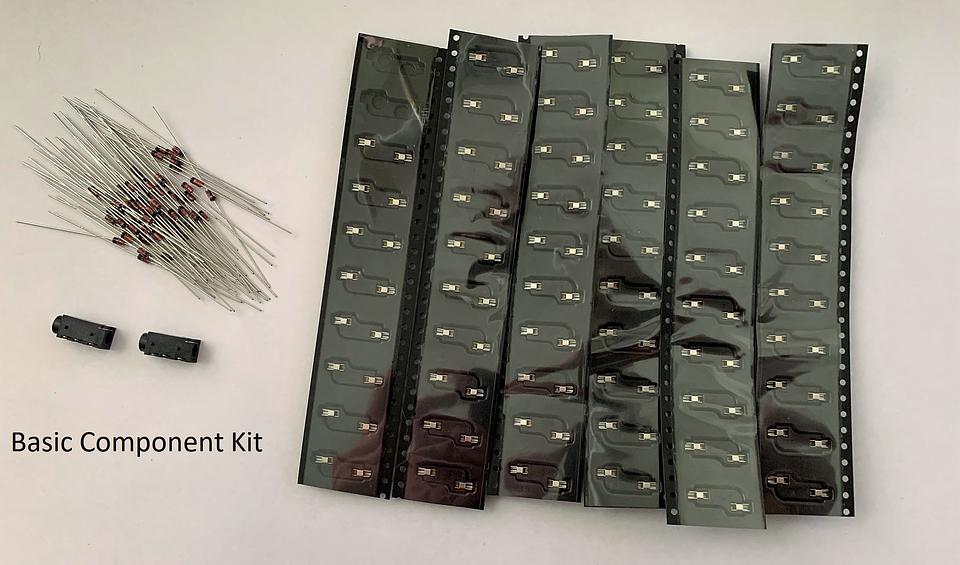
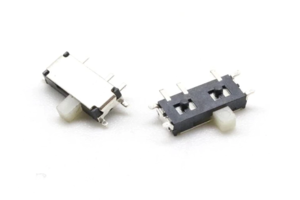
.png)
